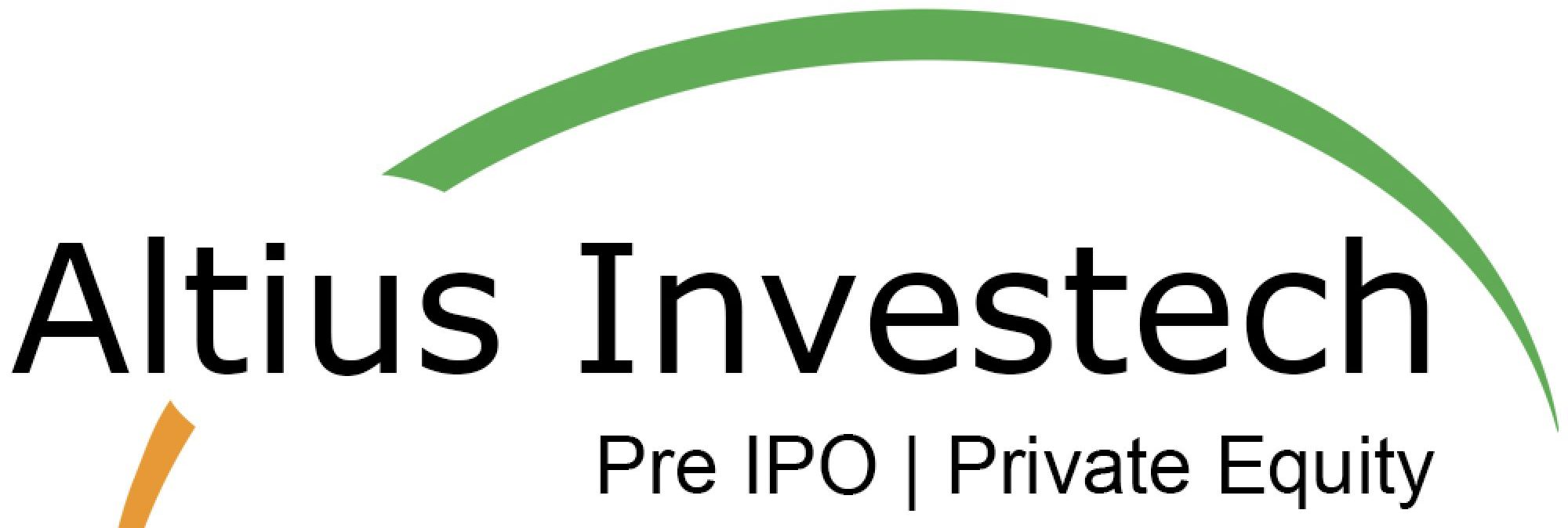When a firm seeks to generate money by selling securities or shares to the public for the first time, it announces an initial public offering (IPO). An unlisted company is one that is not listed on the stock exchange. To put it another way, an IPO is when securities are sold to the general public on the primary market. The first-time issuance of new securities is dealt with on a primary market. Once a corporation is listed on a stock exchange, it becomes a publicly traded company and its shares are available for free market trading.
How does it’s works:
One of the few market abbreviations that virtually everyone is acquainted with is IPO. Before an IPO, a company is privately held; typically by its founders and sometimes the family members who provided financial assistance to help them get started. If a company hasn’t been operating for a long time, it’s possible that some of its long-term workers may have some ownership in it.
Instead than paying cash, the founders give the lenders and employees a share of the profits. Why? Because the founders are aware that if the business fails, they won’t lose anything by selling a portion of the business. Everyone should win if the business is successful and eventually becomes public, in theory. A stock that had no value the day before the IPO will now be worth something.
However, the ownership stakes of those private owners in the business are difficult to evaluate because their shares do not trade on a public market. Consider a well-known corporation like IBM; everybody who holds a share is aware of its exact value by looking at the financial pages.
The valuation of a privately held firm is mostly an educated assumption and is based on factors like income, assets, revenue, growth, etc. A soon-to-be-IPO ed company does not have any feedback in the form of a buyer eager to immediately purchase its shares at a given price, even though those factors are similar to those used to value a public company.
Types of IPO.
There are two typical IPO kinds :
Book Building Offering- Small and medium-sized businesses, start-ups, and other new businesses use IPOs to grow and improve their current operations. An IPO is a mechanism for businesses to raise new funds, which can then be used to support capital projects, research, pay off debt, and explore other options. Since the company will be compelled to promptly update the stock exchanges with financial information and other market-related developments, an IPO will also increase transparency into the company’s operations. After the company is listed, its investments in various equity and bond instruments will be more closely examined. Any company that goes public gains a lot of credibility and attention. Reports on client investment decisions are made by analysts all throughout the world.
Investing in an IPO- If they are intelligent and knowledgeable, investors who wager on an IPO can make excellent profits. The prospectus of the companies launching an IPO will help the investors make a decision. They must carefully read the IPO prospectus to get a clear understanding of the company’s business strategy and the rationale behind its stock offering. To spot the opportunities, one must, however, be alert and have a firm grasp of analyzing financial measures.
When a firm seeks to generate money by selling securities or shares to the public for the first time, it announces an initial public offering (IPO). An unlisted company is one that is not listed on the stock exchange. To put it another way, an IPO is when securities are sold to the general public on the primary market. The first-time issuance of new securities is dealt with on a primary market. Once a corporation is listed on a stock exchange, it becomes a publicly traded company and its shares are available for free market trading.
Buying an IPO a Good Idea-
Investing in an IPO may be a smart move. A company with significant upside potential may increase in value over time, so if you buy it in the beginning, you may benefit later on. This would have been the case, for instance, if an investor had purchased Apple or Netflix’s initial public offering. The stock does not increase at all from the IPO price and may even depreciate, which is a drawback of the overvalued IPO.
How Can I Buy an IPO-
The first step in purchasing an IPO is to open a brokerage account. After that, you must make sure you satisfy the IPO’s qualifying conditions. The next step is to ask your broker for the shares. Requesting shares does not guarantee that you will acquire them because brokers normally receive a set amount. Placing the order is the last step if you do have access. The majority of initial public offerings (IPOs) are only accessible to institutional investors and not the typical retail investor.
IPO Terms-
- The stock exchange where it is planned to list the IPO shares. The BSE and NSE list primary IPOs. The relevant exchanges’ NSE EMERGE or BSE SME platforms list the SME IPOs.
- The beginning and ending dates of the initial public offering (IPO) bidding process. Investors may only apply during this time for an IPO.
- The minimal number of shares an investor can apply for in an IPO is known as the lot size. A minimum bid of 400 shares is required if the lot size is “400.”
- Price per equity share, or issue price. There are two different kinds of IPOs: fixed price and book building IPOs.
- Investors must place their bids within the price range for Book Building IPOs, which is typically between Rs. 120 and 125. Issues with fixed prices have a set bid price.
- Issue Size: The IPO’s overall monetary value. It is calculated by multiplying the quantity of shares the company is offering by the issue price per share.
Also Read: Small Finance Banks (Utkarsh & Fincare) IPOs are around the block, Should you invest?

